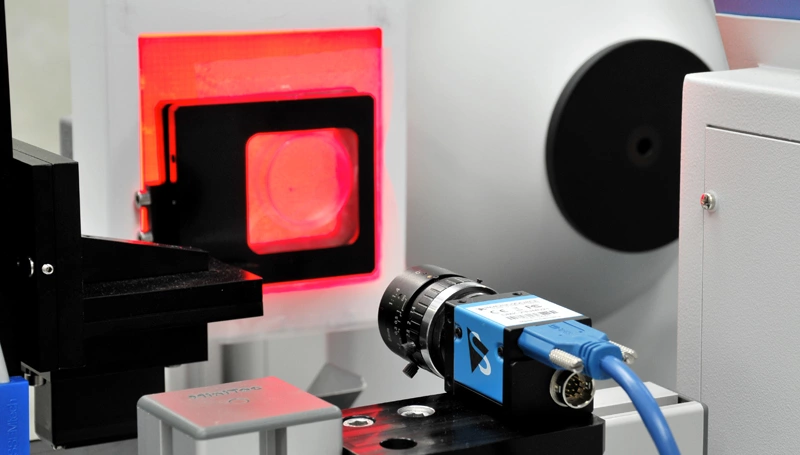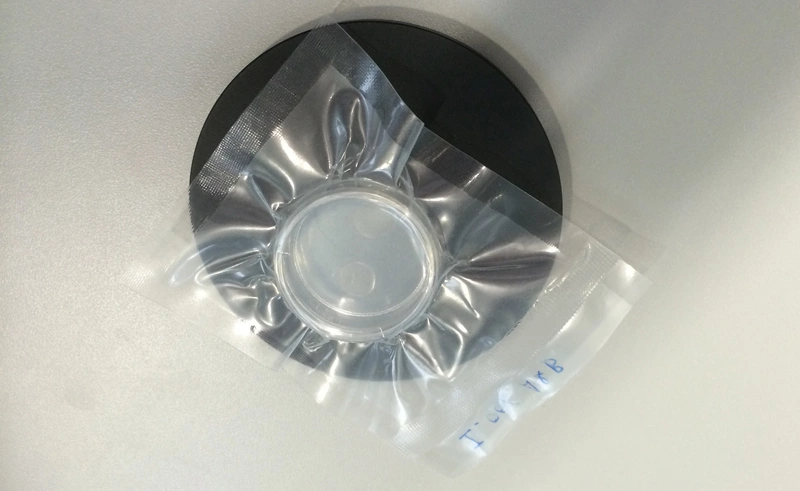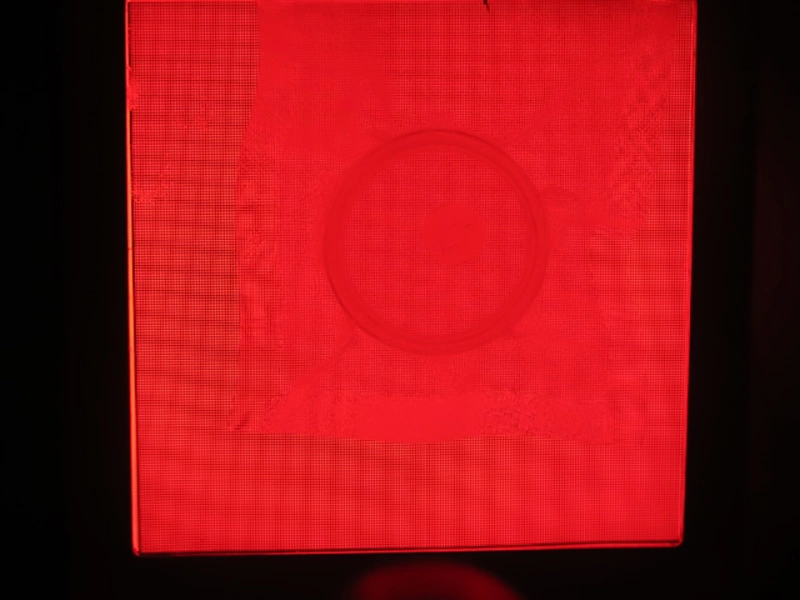Automated Inspection of Artificial Corneas
Published on September 7, 2016 by TIS Marketing.
The following is a summary of the article, Vision checks optical characteristics of artificial corneas. The original article, written by Gary Livingstone, was published in Vision Systems Design in July 2016 (Vol. 21, 27-30) and appears here with permission of the publisher.
Thousands of low-vision sufferers could be helped every year with a corneal graft. But with comparatively few donor corneas available, synthetic corneas are a medical necessity. Oxford MEStar, a bioengineering products and solutions company produces such artificial corneas. Gary Livingstone, Managing Director of LG Motion explains in his article, "Vision checks optical characteristics of artificial corneas," how his company developed a semi-automated inspection system for MEStar to tackle a demanding quality inspection task involving these delicate transparent prostheses. LG Motion's vision-based motion control system features The Imaging Source's DMK 23UP031 USB 3.0 industrial camera (USB 3.0 Mono, 5MP, 15 FPS).

Translucency Poses a Challenge to Efficient Inspection
Because the artificial corneas are medical implants, they are of course subject to strict controls. One of the most critical aspects of the control process is the transparency measurement of each cornea which is performed via laser analysis. But exactly this important characteristic, transparency, had made an in-line inspection process problematic. The corneas and their support scaffolds are suspended in a transparent medium in a Petri dish and vacuum packed into sterile blister packs (Fig. 2, below). Locating the transparent cornea within the packaging proved difficult which meant a trained operator was needed to correctly position them for optical analysis in the laser's field of view. Wishing to semi-automate this inspection task as part of an in-line production process, MEStar contacted LG Motion.

Solution: Structured Light and a Monochrome Industrial Camera
An integral part of the vision-based motion control system created by LG Motion is Scorpion Vision's Compact Vision System. In order to differentiate between the transparent substances within each blister pack, the inspected samples are first illuminated by a patterned, red LED (0.25mm grid pattern from wire mesh) (Fig. 3). The built-in USB 3.0 monochrome camera captures the grid pattern image and transmits the image data to the Scorpion Vision Compact Vision System for analysis. The distortion of the light pattern allows the software to identify the edge of the Petri dish thereby creating a region of interest in which the cornea can be found. Edge detection and geometry tools are then further used to precisely locate the cornea. Once the cornea has been detected, the system determines its center coordinates and then optimally adjusts the package in preparation for optical analysis.

Semi-automation for Continuous In-line Inspection
The optical analysis is executed by an Arduino single-board computer which is interfaced to an Arcus Technology stepper motor controller. If the vision system fails to detect the presence of a cornea, or if the analytical system confirms a cornea does not meet the required tolerance, the Arduino processor receives a fail signal and instructs the Arcus controller to move the gripper over to a chute where the defective product is rejected. If the system confirms a cornea meets all requested parameters with a pass signal, the processor instructs the controller to move the gripper over to a chute where the product is accepted. The processor instructs the controller to return to the home position where the next item awaiting inspection can be loaded into the gripper for continuous in-line production.
Learn more about camera options for inspection systems: USB 3.0 monochrome industrial cameras, USB 3.0 color industrial cameras, GigE monochrome industrial cameras, and GigE color industrial cameras or contact us.
